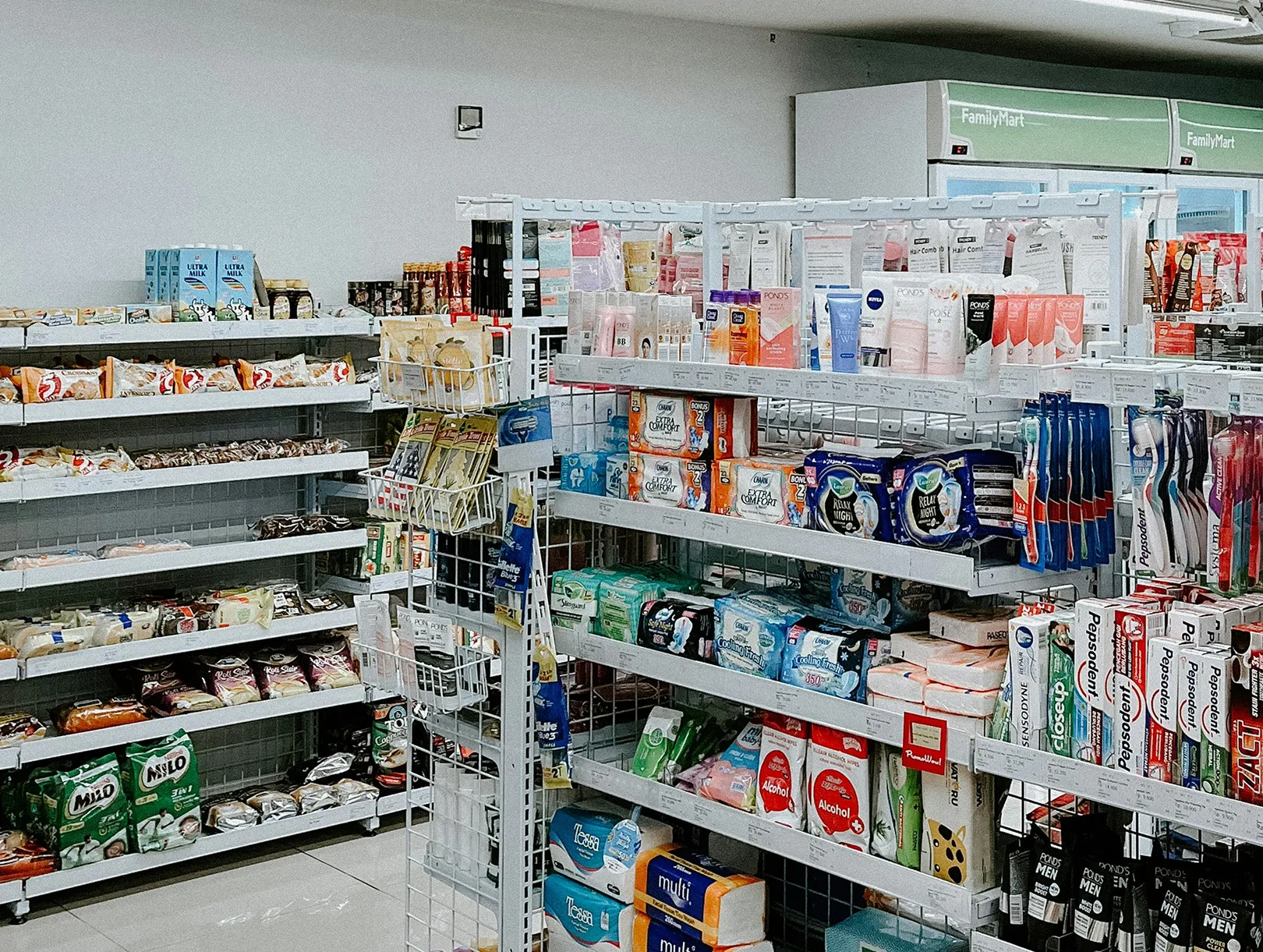Salesforce vs. Veeva: Which Platform Can Handle the Next Generation of Patient-Centric Data?
Jul 01, 2025 | 4 min read

The Future of Pharma CRM Is Patient-Centered
Pharma CRM has traditionally focused on HCP engagement, sales force effectiveness, and content compliance. But that model is changing.Patient Centricity is front and center inbrand focus and customer experience.
As patient expectations rise, new data types are becoming essential: EHR insights, claims data, and even real-time signals from connected devices. The question for today’s brand leaders is no longer just “Which CRM is better?”-it’s “Which CRM can grow with our data?”
Salesforce and Veeva lead the market, but their architectures tell different stories. One emphasizes control and standardization. The other is designed for flexibility and future growth.
This blog explores both platforms in the context of next-generation, patient-centric data.
What “Patient-Centric Data” Means in 2025
The life sciences industry is shifting from product-centric to patient-centric strategies. That requires tapping into new, often decentralized sources of information.
Key Data Types
- EHR (Electronic Health Record): Captures clinical events, lab results, comorbidities, and treatment histories
- Claims Data: Reflects real-world treatment patterns, coverage status, and reimbursement timelines
- IoT (Internet of Things) & Wearables: Includes device-generated data from glucose monitors, heart rate trackers, and patient-reported outcomes
Together, these data streams help commercial and medical teams:
- Identify gaps in care
- Respond to payer policy changes
- Optimize timing and targeting for field activities
- Deliver more relevant education and support
But to be effective, these insights need to flow into and across the CRM platform-not sit in a silo.
Veeva’s Approach: Trusted, Controlled, but Limited by Design
Veeva Vault and CRM are purpose-built for life sciences. Their strengths lie in regulated content management, MLR compliance, and predefined workflow controls.
Strengths
- Regulatory alignment: Veeva supports GxP compliance, which stands for “Good [Practice]” standards such as Good Manufacturing Practice (GMP), Good Clinical Practice (GCP), and Good Laboratory Practice (GLP). These are FDA and global quality guidelines that ensure safety, consistency, and compliance across the drug development lifecycle.
- Standardized CRM workflows: Built-in call reporting, medical inquiry logging, and sample tracking
- Content consistency: Tight integration with PromoMats and MedComms
These capabilities make Veeva a go-to choice for teams needing:
- Consistent, repeatable execution
- High auditability
- CRM + content cohesion
But this structure also creates limitations when new data types enter the picture.
Limitations for Patient-Centric Data
- Fixed architecture: Integrations are largely app-specific and require custom development
- Limited composability: Workflows are designed for structured CRM data, not dynamic patient insights
- Closed ecosystem: Veeva Link offers curated HCP intelligence, but real-time EHR or IoT ingestion requires outside systems
For organizations seeking to orchestrate insights from live patient data, Veeva often becomes one part of a larger, fragmented tech stack.
Salesforce’s Approach: Composable, Flexible, and Real-Time Ready
Salesforce takes a fundamentally different approach. Rather than a closed vertical stack, it offers a composable architecture that connects, harmonizes, and activates diverse data streams.
Built-In Integrations
- MuleSoft: Enables API-driven integration with EHR platforms, claims clearinghouses, and device networks
- Data Cloud: Allows zero-copy ingestion of structured and unstructured data
- Slack & Tableau: Extend insights and collaboration across teams
These tools let teams:
- Stream IoT health data into rep dashboards
- Trigger field actions based on claims status updates
- Personalize HCP or patient support programs using EHR-derived insights
Example Scenarios
- A rep receives a call plan adjustment when an HCP’s patients experience formulary changes
- A medical team is alerted when wearable data indicates adherence drop-offs in a clinical trial cohort
- A market access dashboard surfaces payer coverage changes affecting treatment timelines
Salesforce doesn’t just ingest this data. It activates it.
Technical Considerations for Long-Term Scale
When evaluating CRM platforms for next-gen data, technical flexibility matters as much as feature sets.
Salesforce
- Zero-copy architecture: Reduces redundancy, improves governance
- Low-code workflows: Enable teams to adapt without vendor dependency
- Agentforce-ready: Supports autonomous agents that act on real-time data
Veeva
- Monolithic workflow design: Easier to govern, harder to customize
- Structured inputs required: Not designed for high-velocity, patient-level data
- Data often managed externally: Adds cost and complexity
If your data strategy involves AI, patient journeys, or field orchestration, composability becomes a requirement-not a luxury.
Conclusion: Choose the Platform That Can Grow With Your Data
Both Salesforce and Veeva offer enterprise-grade capabilities. But they serve different models:
- Veeva excels in structured execution and regulatory content workflows
- Salesforce excels in real-time data activation and composable engagement at scale
If your team is preparing for a future shaped by EHR integrations, payer dynamics, and IoT-informed insights, it’s worth asking: Will your CRM keep up?
Talk to CI Health about how to align your CRM with your data and engagement strategy. We’ll help you assess the fit-before your data outgrows your platform.
Optional FAQ
Q: Can Veeva integrate with EHR or IoT data?
Not directly. It typically requires middleware or external platforms to manage these integrations.
Q: Does Salesforce support HIPAA compliance?
Yes. With Salesforce Shield, audit trails, and role-based access controls, it supports HIPAA and GxP requirements.
Q: Can I use both platforms together?
Yes. Many pharma companies use Veeva for content and Salesforce for engagement, orchestration, and analytics.



 Gradial
Gradial  PEGA
PEGA 




